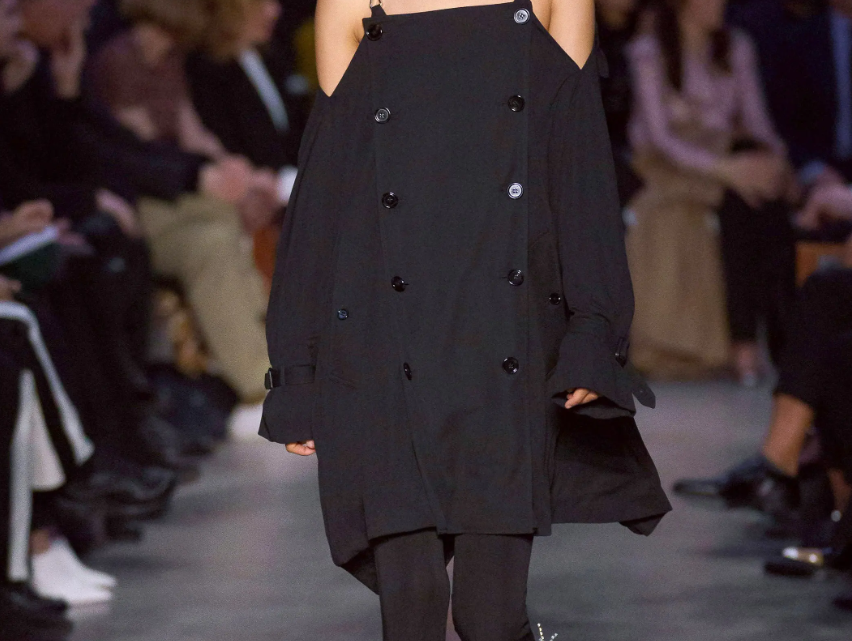
When Friends hit TV screens in 1994, the first millennials (born in 1981) were entering their teenage years.
A year later, the TV theme song I'll Be There For You, recorded by the American pop-rock duo TheRembrandts, topped music charts around the world, And the memorable opening lyric "It seems no one ever told you life would be like this/Your job is a joke/your pockets are empty/your love is on the way."
Both songs and videos provide a near-perfect antidote to life's inevitable hardships: a group of friends who live together and laugh and cry every day.
Those sitcoms teach us that friends are the best antidote to improve our chances of survival.
So how did people become the loneliest generation?
Is social media to blame for this loneliness?
Thanks to Facebook, Twitter, Instagram and Snapchat, we have more "friends" than ever before, but instead of sitting on our couches complaining to us about relationships, these friends tag us on something that goes viral online or write comments on our moments. Social media has undoubtedly expanded our social circles, but it has also significantly diluted our relationships with people. The people who often like or comment on our photos are not necessarily the people we turn to for help in a crisis.So, how many friends do we really need?
Based on the differences in brain size between humans and large mammals, Dunbar hypothesized that humans could cope with a limited number of friends, and he divided them into "levels" based on emotional depth.
He estimated that the floor closest to us, like the friends we often spoke to, could hold no more than five people; The next floor can accommodate 10 people; The third floor can accommodate 35 people; The last floor can accommodate 100 people. This means that people can have a maximum of around 150 people in their social networks (what he calls the "Dunbar Number").
Because of the prevalence of social media in our lives, we may actually be spending more time on these superficial relationships - the 35 people at the third tier, or the 100 + people at the bottom - than on cultivating relationships with the highly valued friends in our closest circles.
Even though we participate in a vast social network, if the first layer of intimacy disappears, we are likely to feel lonely.
In 2015, Taylor Swift showed off her highly successful first group of close friends, a group of friends who support each other in real life, which she called her "squad" - a term she used in her social media campaign.
Four years later, in an essay for Elle magazine titled "30 Things I Learned Before I turned 30," the leader of the "squad" admitted that the friendship, which had seemed so solid in her twenties, was now falling apart: "It's sad, but sometimes when you grow up, the relationship grows and the relationship doesn't exist anymore."
Are we going to put ourselves before our friends?
Behavioral scientist Sarah Hopwood offers a different perspective. Relationships don't necessarily change as we age, he says, but rather we choose to prioritize our own personal growth over relationships with others.
"In our neoliberal capitalist society, we have shaped a very individualistic culture, where success and achievement are attributed to individual actions or manners, and individual achievement and well-being become the cornerstone, overriding our relationships in society and our links with others. A culture of happiness has arisen."
Far from Taylor Swift's "squad" concept, most of the images we see on social media are of people alone, taking selfies at the gym, trying out new makeup in the bedroom, working on their side business, etc.
Under this self-progressive, self-governing rule of life, we can actually expect too little from our friends and too much from ourselves.
"We look around at the people around us, and everyone seems amazing: very busy, always busy with more activities or dates," Hopwood continues, "so we don't feel like we can turn to others. Instead, we do the same thing, filling our lives with distractions, but lacking the intimate connection to people. In our culture, not doing well is seen as a weakness, not a part of humanity."
What are millennial friendships like?
While millennials grew up in the '90s on sitcoms like Friends and Sexand the City, which sold the ultimate dream of having a solid urban family, this generation continues to write more stories that fit the YouGov statistics.
After an uncomfortable power struggle in Lena Dunham's final season of "Girls I'm The Biggest Girls," the group falls apart, leaving only what remains of the friendship between Marnie and Hannah.
For most people, PhoebeWaller-Bridge's Fleabag is the show that best captures the life experience of the 30% of millennials. Fleabag, a slut, is described by herself and her therapist as "a friendless girl with an empty heart." She's also one of the 22 percent who don't have any friends, an iconoclastic protagonist for millennials.
Why is confidant important for future happiness
The data is alarming - millennials' priorities clearly need to shift for long-term happiness.
So maybe the next time you go out for coffee, leave those friends in the shallow friendship tier on your phone, call your bosom buddies, and spend a few hours on the couch putting your world in order.

